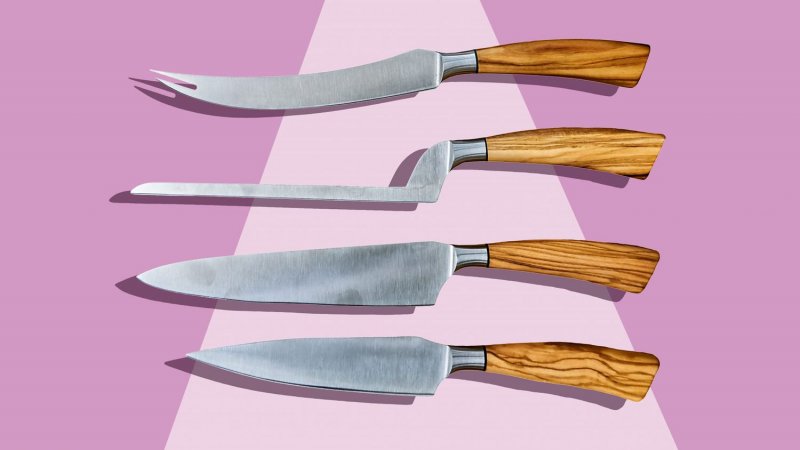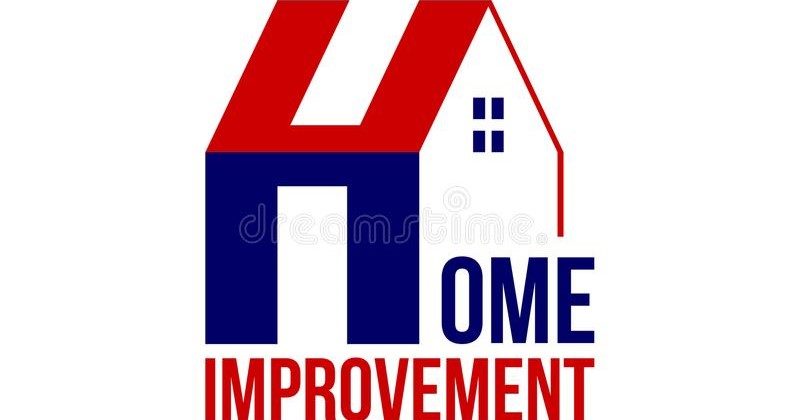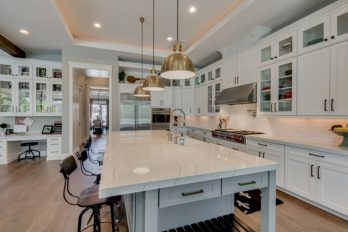
The following is a summary of rational and emotional decision criteria as a checklist that can be useful and helpful when buying a chef knife or any knife. It is aimed at those who do some research or reading before making a purchase – but spontaneous buyers are also invited to acquire the following content 😊. For the sake of completeness, it should be mentioned that some questions or criteria are mutually exclusive. Who e.g. If, for example, you plan a budget limit for kitchen or damascus knives of a fixed 20.00 euros, you will probably not be able to buy a knife block equipped with Solingen knives.
Checklist or possible purchase criteria
Optics
Does the look play a role, because the knife z. B. is intended as a gift or investment or do you enjoy special shapes, engravings or noble handle materials? Or is it seen as a purely functional commodity or as a work tool where the look is of secondary importance. The design of the knife often plays an important role when buying, which z. B. explains the selection of the different handle materials: light wood, dark wood, ivory, mother-of-pearl, precious wood, plastic, etc.
Knives also regularly win design awards and prevail over other tools or kitchen utensils.
Ratings / customer opinions
What experiences do customers report who have already bought the desired knife? Are the described impressions similar? Even if customers are more willing to give a bad rating because they are angry about the knife or the manufacturer or seller and complete satisfaction is taken for granted, reviews provide useful clues, provided they are genuine and not manipulated. If several customers report e.g. B. about processing errors, the question of whether this defect has been remedied is interesting for new customers.
Application
While the basic use is usually clear in advance (e.g. as a children’s knife, mushroom knife or rescue knife), the question remains as to what the knife should be used for. Outdoor and leisure knives, for example, come in different designs and variants, e.g. B. as a one-hand knife or two-hand knife or with a fixed blade, so that the application needs to be specified. Basically, there are all-purpose knives such. B. the Swiss army knife, which is also suitable for harvesting mushrooms, but does not have a brush for cleaning or a beak-like blade like a special knife for mushrooms. Or isn’t even a multitool the better choice?!
Blade
Which blade length, which blade grind and which blade shape should, must or may the knife have? Although there is a certain amount of leeway with these important purchase criteria, the nature and properties of the blade must be strongly geared to the intended use. Weapon law considerations may also play a role in the selection.
In this context, it is also important to consider which grinding and sharpening tools (e.g. manual knife sharpener, sharpening steel or electric knife sharpener) are used to resharpen the blade.
A bread knife, for example, needs a long, flexible blade. Whether it is a wavy, double wavy or Kullenschliff and a length of 15cm or 16cm initially appears to be of “subordinate” importance for occasional use in private households.
Handle
What material should the knife handle be made of? Should it be a round, oval, square or ergonomically shaped handle? If the knife does not fit comfortably in your hand or the handle is too short, the risk of injury from slipping or fatigue increases.


